Supported survey methods
Supported methods for monitoring breeding waders
The Wader Hub supports a number of methods for monitoring breeding waders, and provides guidance and data entry options for each. Projects that use these methods to collect and report their data can compare and combine these data with those of other projects. This is something that can otherwise be difficult to do, and helps to maximise the impact of each individual and group’s monitoring. Ultimately, this will help to make the future of our breeding waders more secure.
In practice, even where monitoring departs from the methods described here, so long as visit timings, weather and coverage are appropriately documented, the resulting data can still be very valuable.
Employing Wader Hub methods doesn’t prevent you from extending your monitoring beyond what we describe here. Rather, it ensures that the core findings of your monitoring can be meaningfully compared with those of other projects.
- If there are particular methods not currently covered by Wader Hub resources that you would like to see included in the future, please let us know!
Breeding Wader Censuses
The Wader Hub supports three census methods:
- O’Brien & Smith (1992): Lowland wader census
- Brown & Shepherd (1993): Upland wader census
- Curlew Recovery Partnership (CRP 2022): Curlew census
Breeding Wader Censuses are the most comprehensive of the methods supported by the Wader Hub for estimating the number of pairs attempting to breed in a given area, and may also provide an indication of breeding success. They are best used by projects with fieldworkers who are able to dedicate significant periods of time to surveys, to ensure that all required survey visits are carried out.
Detailed information about census methods >
Breeding Wader Transects
The Wader Hub supports two transect methods:
Transects can provide an indication of how many wader pairs are attempting to breed in a given area, and their breeding success. They are less time-consuming than census methods, and Breeding Wader Transects can be completed alongside work or leisure activities.
Wader Calendar
Monitoring for The Wader Calendar consists of simple weekly estimates based on incidental observations. It is aimed at farmers, but open to anyone who lives/works on land that waders breed on.
The Wader Calender is less structured than census and transect methods, but can provide an indication of how many wader pairs are attempting to breed in an area, and their breeding success. It is more time-efficient than census methods, requiring only a few minutes a week to take mental or written notes on wader numbers and behaviour as you go.
Detailed information about the Wader Calendar >
Nest and brood monitoring
Supported by the national Nest Record Scheme.
The most comprehensive method for measuring wader nest survival and nest outcomes in a given area. It can help determine whether nest survival is the cause of poor breeding success and highlight the potential factors contributing to nest failure.
Detailed information about nest and brood monitoring >
Incidental sightings
Anyone can contribute one-off, valuable local biological records and point local groups toward unknown breeding sites by submitting wader records, particularly when accompanied by evidence sightings of breeding waders.
Incidental sighting records provide evidence for occupancy and breeding, though unlike survey data, they cannot provide estimates of population size or the number of breeding pairs in an area.
Contact the Wader Hub
Get in touch
We can offer advice about any of the Hub’s supported methods, and about wader monitoring more widely.
- waders [at] bto.org
Guides and resources
All our bespoke Wader Hub resources, from support for new projects to detailed information about survey techniques.
Send us your feedback
We want the Wader Hub to be as valuable as possible for everyone involved in wader conservation. Send us your feedback:

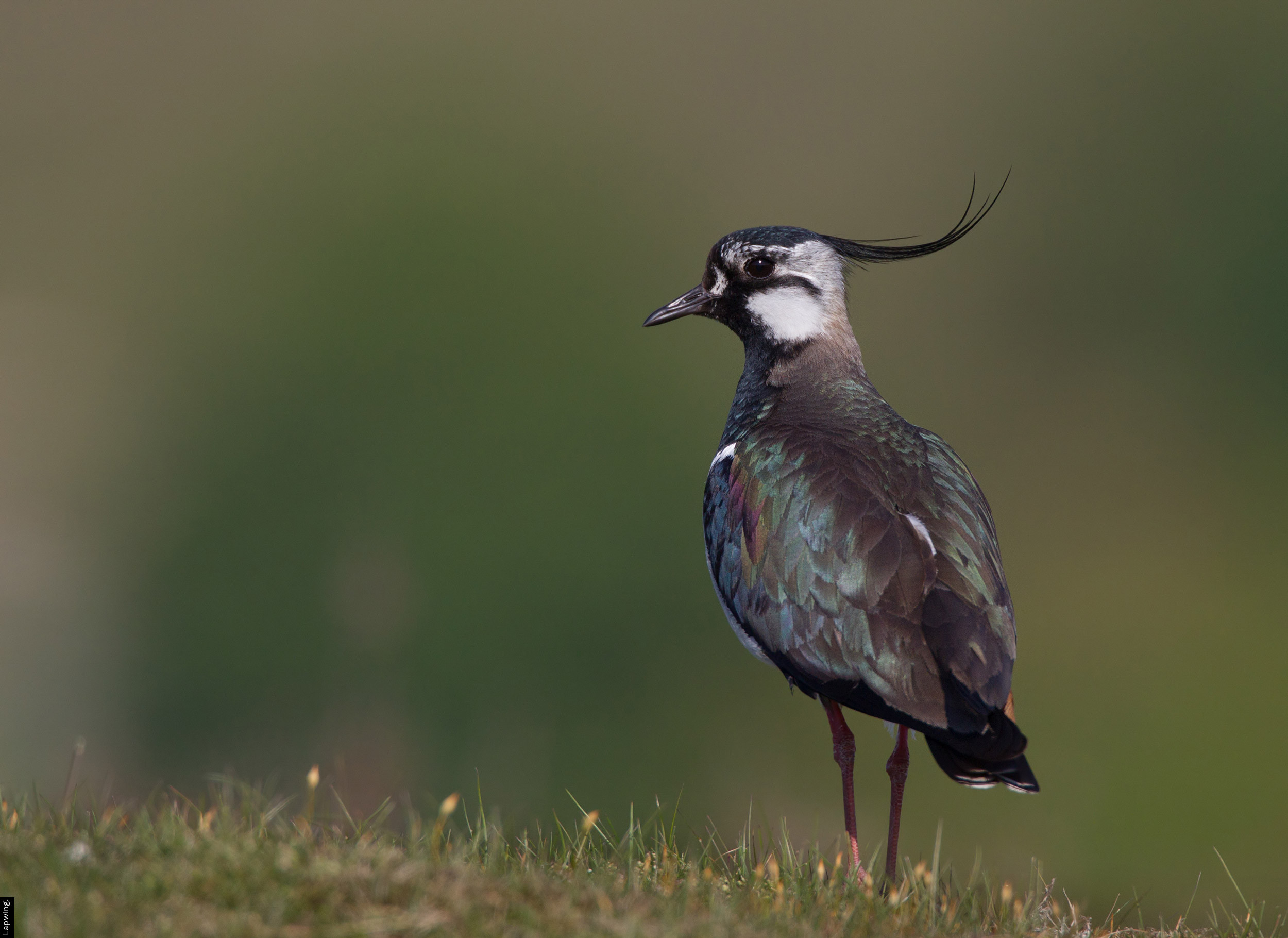
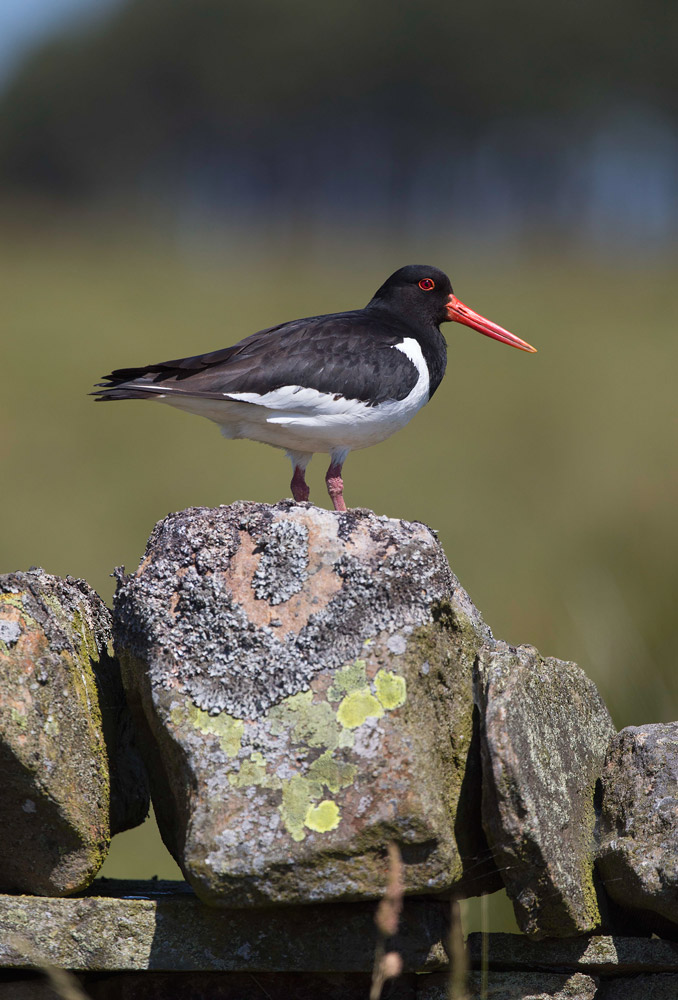
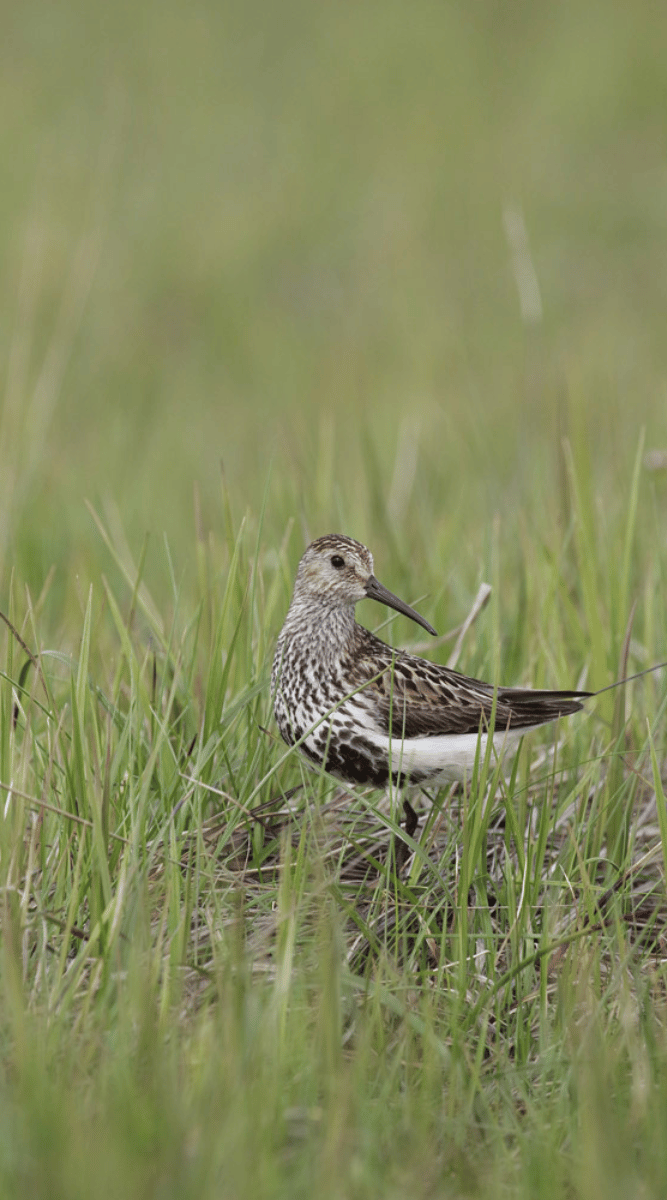
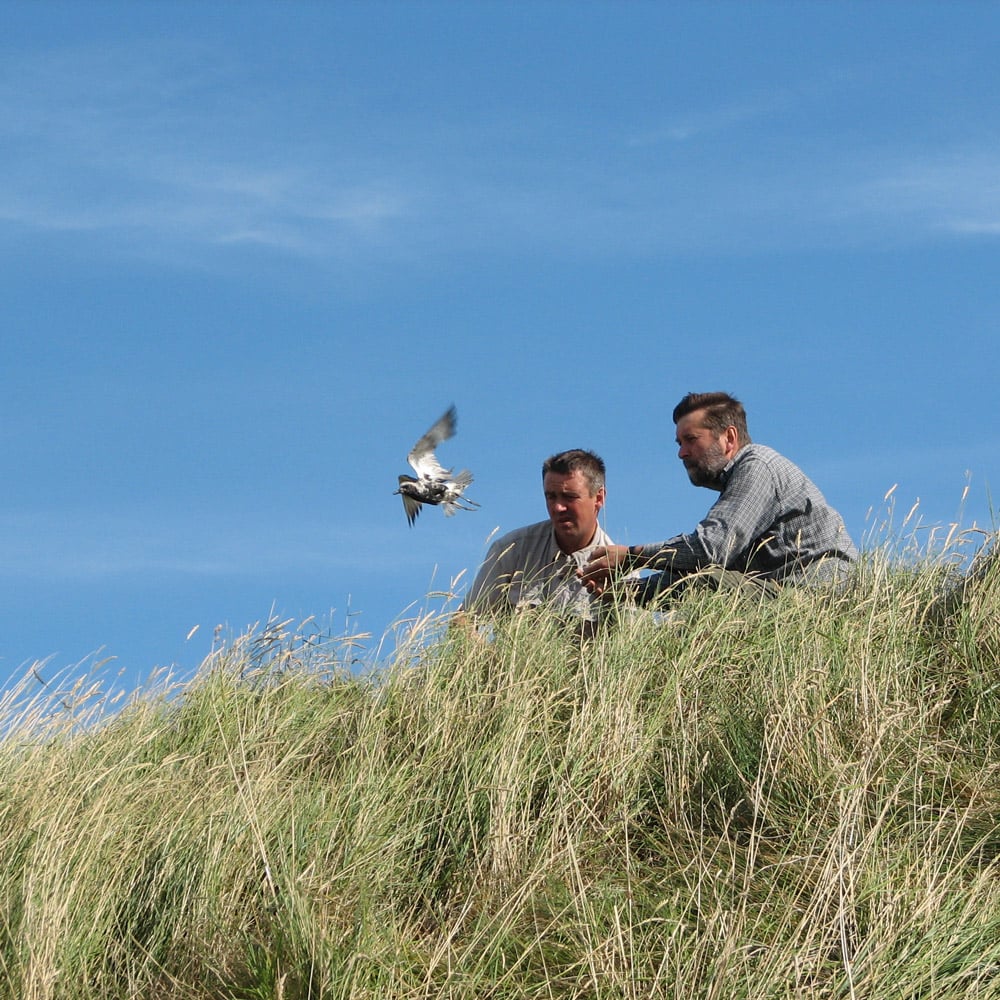
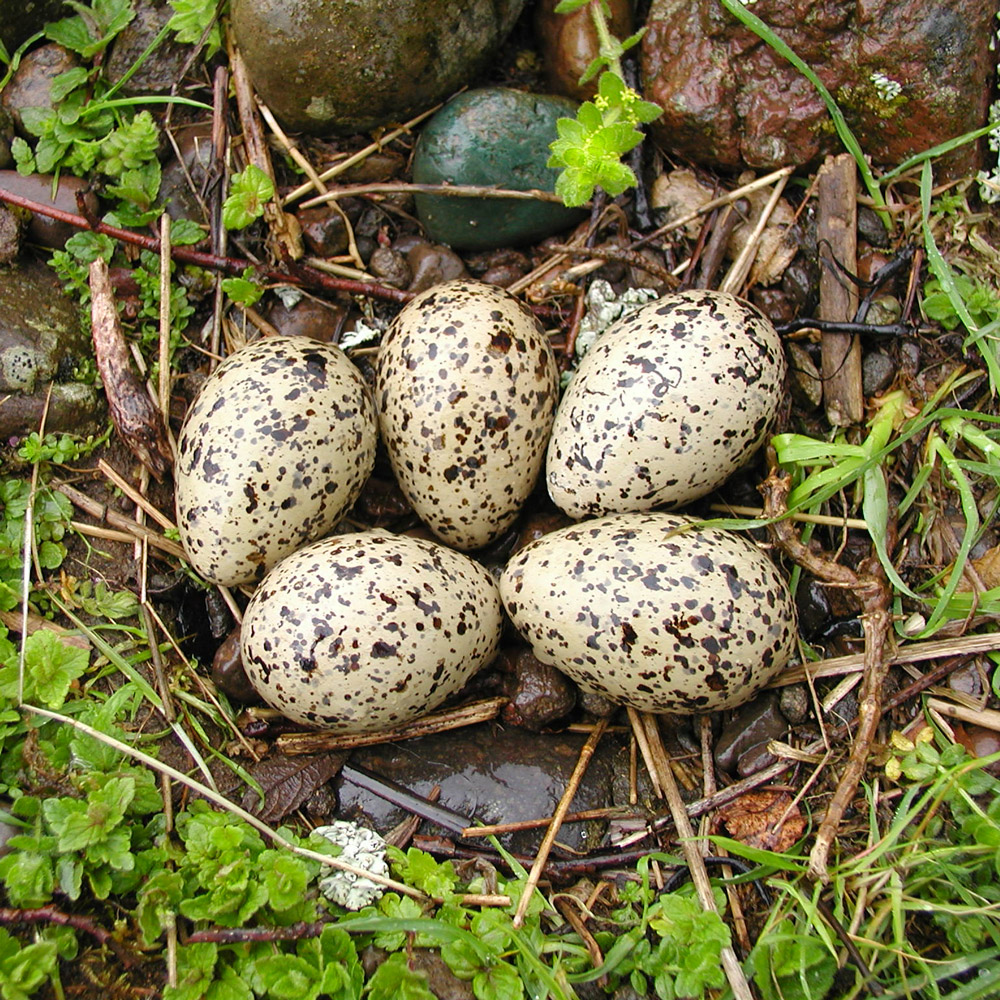
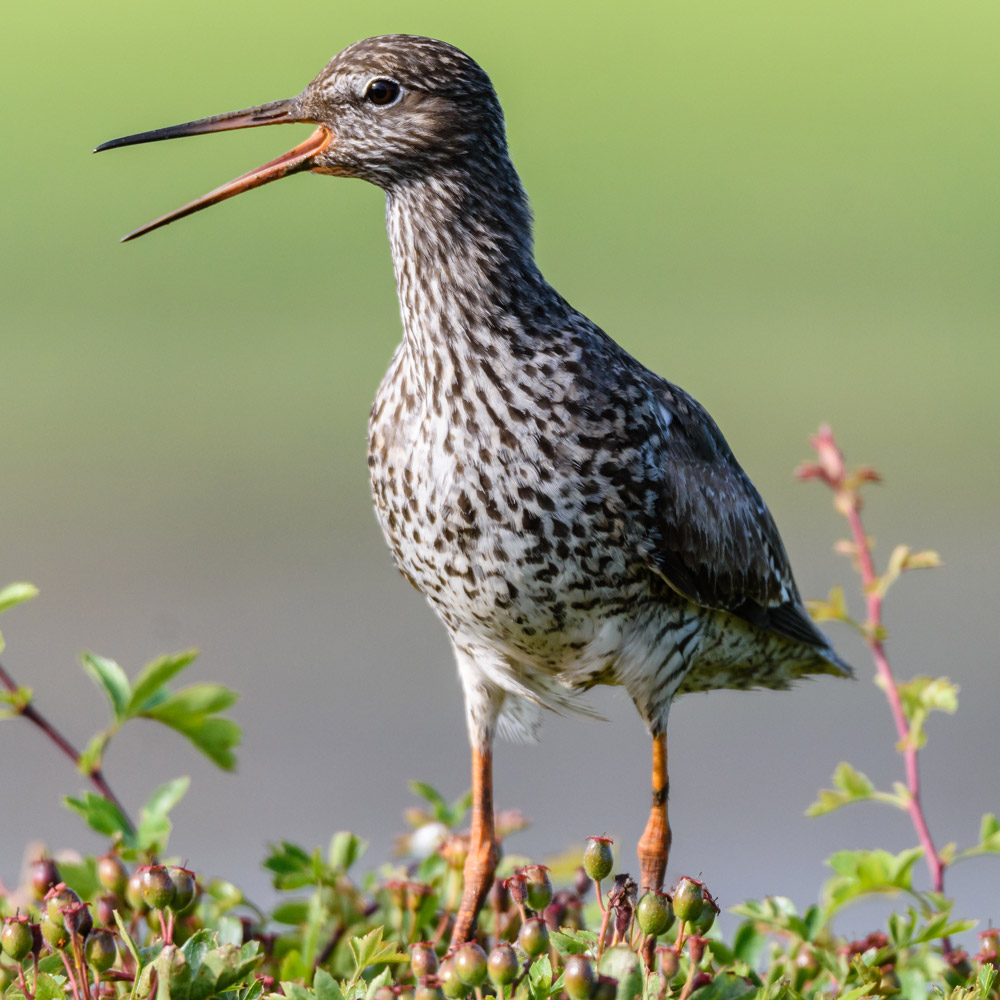
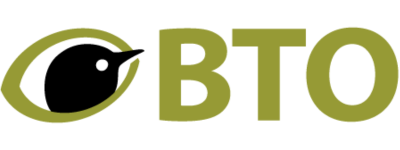
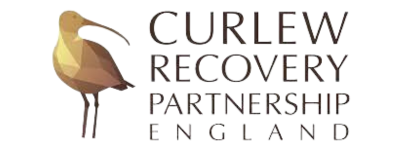
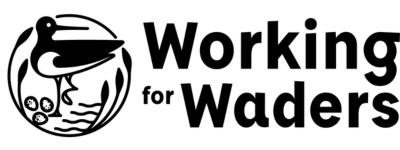
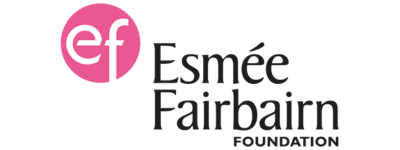




Share this page